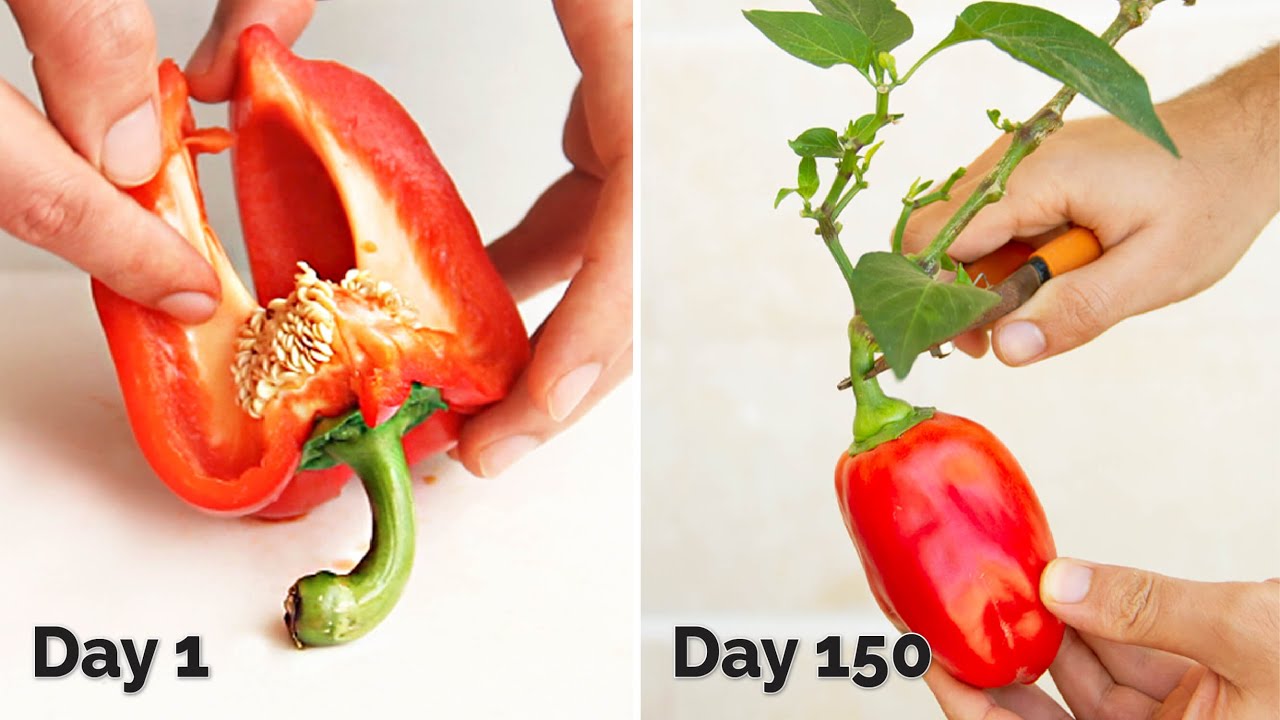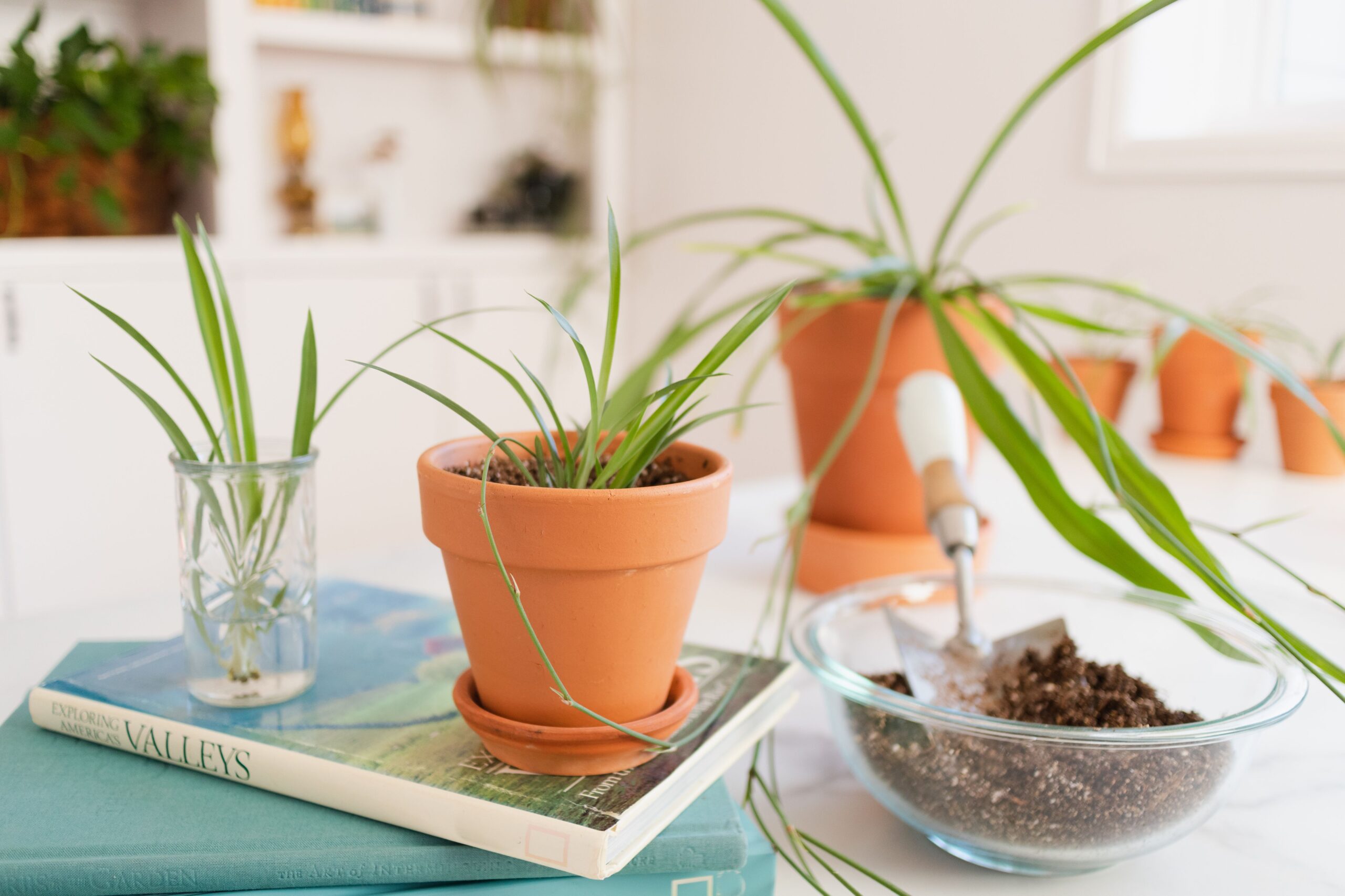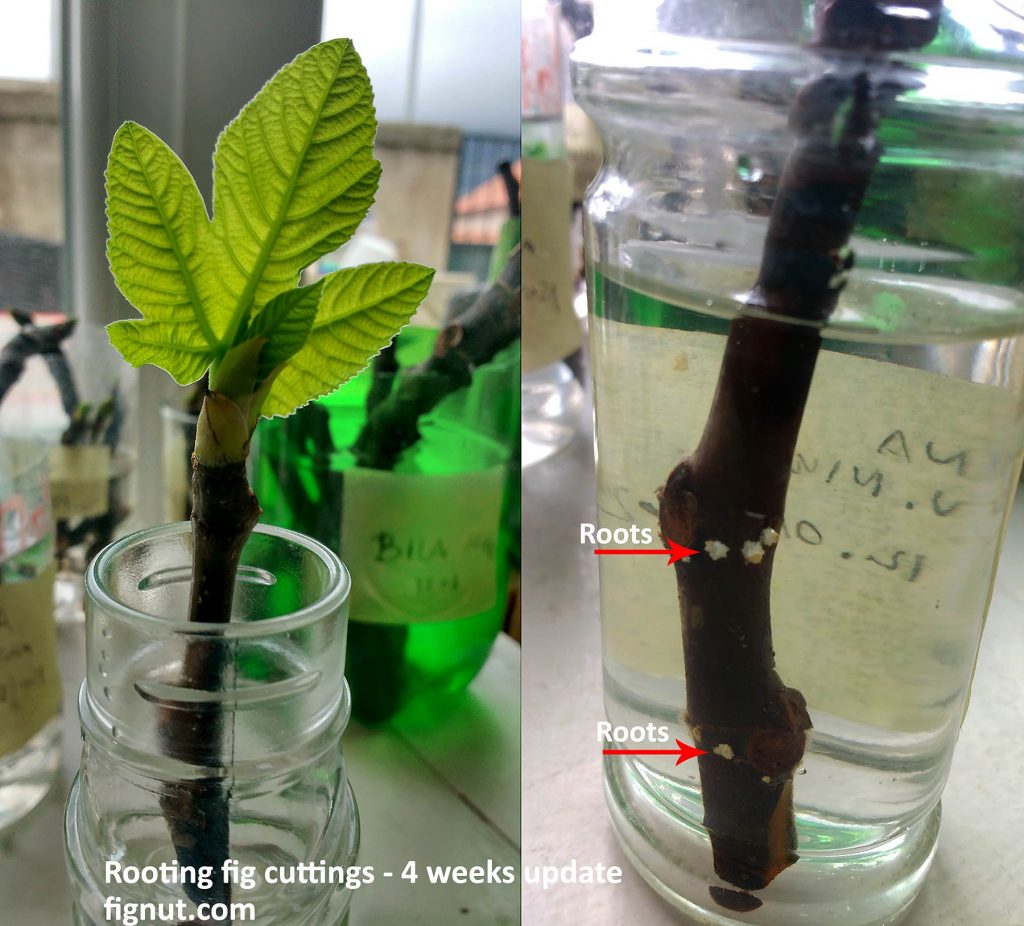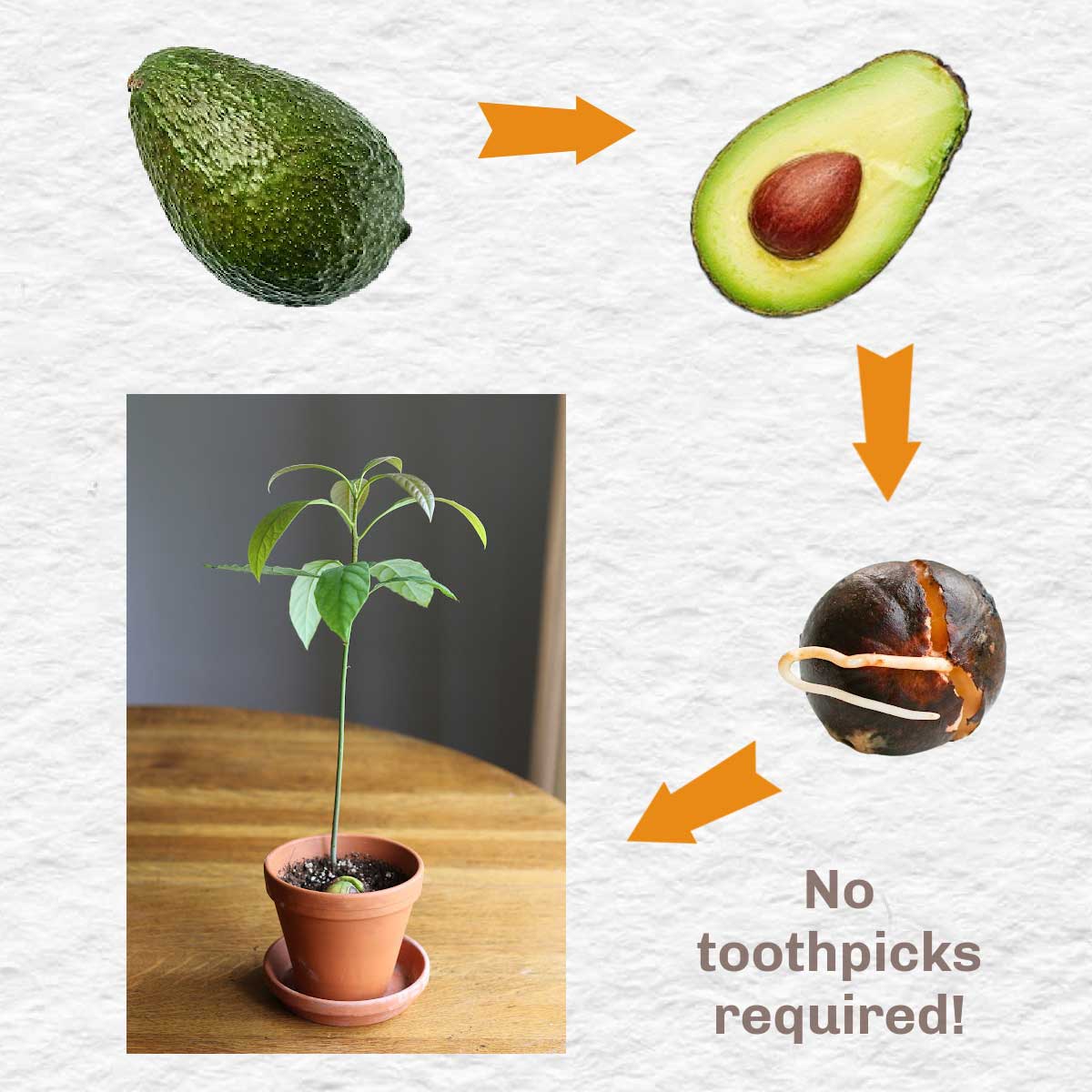Best Way to Start Bell Peppers
Bell peppers are a delicious and versatile vegetable that can be grown right in your own backyard. Whether you are a gardening enthusiast or a beginner, starting bell peppers is a rewarding experience that can yield a bountiful harvest. In this article, we will explore the best way to start bell peppers from seed to harvest.
Choosing the Right Variety
Before you can start growing bell peppers, it is important to choose the right variety for your climate and gardening goals. There are many varieties of bell peppers available, each with its own unique flavor, color, and size. Some varieties are better suited for hot climates, while others thrive in cooler temperatures. Decide whether you want sweet or spicy peppers, as well as the size and color that you prefer.
- California Wonder
- Big Bertha
- Chocolate Beauty
These are just a few popular varieties of bell peppers that you can choose from. Do some research to find the best variety for your specific growing conditions.
Starting Bell Peppers from Seed
Once you have chosen the right variety of bell pepper to grow, it is time to start them from seed. Bell peppers can be started indoors in late winter or early spring, about 8-10 weeks before the last frost date in your area. Here is how to start bell peppers from seed:
- Fill a seed starting tray with a high-quality seed starting mix.
- Plant 2-3 seeds per cell at a depth of 1/4 inch.
- Water the seeds gently and keep the soil moist but not waterlogged.
- Place the tray in a warm, sunny location or under grow lights.
- Once the seeds germinate, thin out the weakest seedlings.
By following these steps, you can start bell peppers from seed successfully and ensure a healthy start for your plants.
Transplanting Bell Peppers
After your bell pepper seedlings have grown to be about 2-3 inches tall and have at least two sets of true leaves, they are ready to be transplanted into the garden. Choose a sunny location with well-drained soil for your bell peppers, and follow these steps to transplant them:
- Harden off the seedlings by gradually exposing them to outdoor conditions.
- Dig a hole slightly larger than the root ball of the seedling.
- Place the seedling in the hole and backfill with soil.
- Water the newly transplanted seedling thoroughly.
- Repeat the process for each seedling, spacing them 18-24 inches apart.
Transplanting bell peppers can be a delicate process, so be sure to handle the seedlings carefully and provide them with plenty of water and sunlight to help them establish in their new home.
Caring for Bell Peppers
Now that your bell peppers are growing in the garden, it is important to care for them properly to ensure a bountiful harvest. Here are some tips for caring for bell peppers:
- Water consistently, keeping the soil evenly moist but not waterlogged.
- Apply a balanced fertilizer every 2-3 weeks to promote healthy growth.
- Support the plants with stakes or cages to prevent them from bending or breaking under the weight of the fruit.
- Monitor for pests and diseases, such as aphids or blossom end rot, and treat them promptly.
- Harvest bell peppers when they reach full size and color, but before they start to soften.
By following these tips, you can care for your bell peppers and enjoy a plentiful harvest of delicious, homegrown produce.
In Conclusion
Starting bell peppers is a rewarding experience that can provide you with fresh, flavorful produce right from your own backyard. By choosing the right variety, starting from seed, transplanting carefully, and caring for your plants, you can enjoy a successful bell pepper harvest. So roll up your sleeves, get your hands dirty, and start growing bell peppers today!



